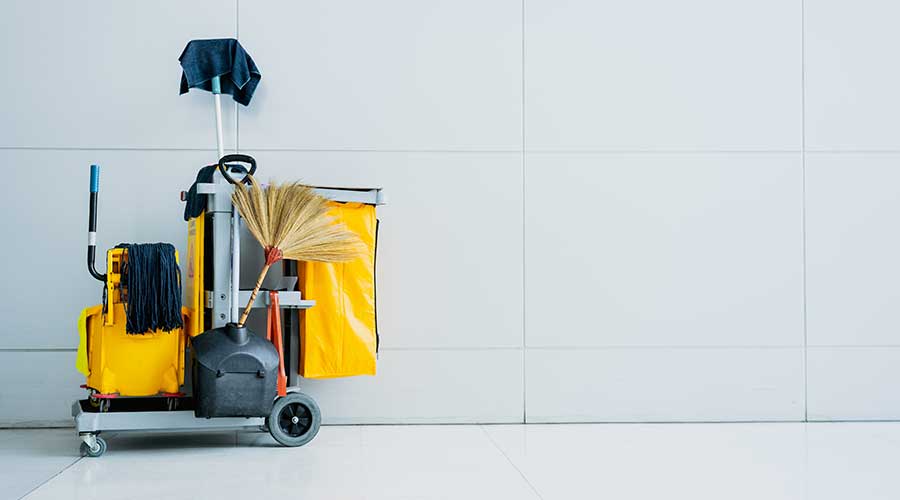Best practices: Maximizing maintenance
Most maintenance departments operate at 10-40 percent efficiency. Nearly 70 percent of equipment failures are self-induced. Where does your maintenance department stand in relation to these figures?
If you don’t measure and track maintenance efficiency, and accumulate and analyze data on equipment failures, you probably have no idea if you are the same as, better than, or worse than these averages. What are the best maintenance practices?
- 100 percent of a maintenance person’s time is covered by a work order.
- 90 percent of work orders are generated by preventive maintenance inspections.
- 30 percent of work is preventive maintenance.
- 90 percent of planned/scheduled work compliance.
- 100 percent reliability is reached 100 percent of the time.
- Spare-parts stock-outs occur less than once per month.
- Overtime is less than 2 percent of total maintenance time.
- The budget is within +/-2 percent.
The following list of proactive maintenance organization attributes are significant parts of the new approach and must be addressed in a transition plan.
Skills training. Analyze the gap between required skills and available skills to determine the training necessary to close the gap. Instituting a qualification and certification program set up to measure skills achievement through written exams and practical skills demonstration will provide feedback on training effectiveness.
Work flow. When work flow shifts from reactive to proactive, planned and scheduled maintenance replace corrective maintenance . A CMMS will provide insights into organized, proactive work-flow arrangements through its system modeling. Managers can tailor work flow and organizational attributes to match a facility’s unique requirements, but they still must work within any constraints imposed by CMMS.
Work order system. The work order is the backbone of a proactive maintenance organization’s work execution, information input to, and feedback from the CMMS. A work order must capture all work and is the primary tool for managing labor and measuring effectiveness.
PM procedures. Procedural documentation should include standardized lists of parts, material and consumable requirements. It should identify the craft and skill levels required to perform a task. Categories of maintenance procedures to include in planned maintenance documentation are these: routine PM, proactive replacements, scheduled rebuilds or overhauls, predictive maintenance and condition monitoring and performance-based maintenance
Maintenance planner. The planner has diverse duties, must be familiar with the maintenance process, must be a good administrator and must have the appropriate level of authority to carry out his role. The position is pivotal in a successful proactive maintenance approach and is vital to attaining best maintenance practices.
Inventory and purchasing integration. With the help of suppliers and equipment vendors, purchasing can usually place contracts or basic order agreements that guarantee delivery lead time for designated inventory items. Managers can begin by identifying a facility’s parts, material and consumable requirements. Then a CMMS can use the parts requirements of planned or preventive maintenance tasks to generate a parts list.
Measuring and reporting. Hand-in-hand with the CMMS review or upgrade is the report generation. The CMMS output should provide maintenance, engineering, operations, purchasing and upper management with accurate, effective and useful tools for evaluation and management.
ROI analysis. Justification of anything in business today is based on cost. Managers will need to accumulate data on productivity, maintenance labor costs, maintenance material costs, inventory carrying costs, and reliability and availability data for a minimum of two years prior to transition to the proactive maintenance organization. Once managers begin the planning and implementation of the changes and upgrades managers will need to separate the development costs from the routine and normal operating costs of a facility to determine the total cost of implementing best maintenance practices.
This transition requires commitment from all levels of an organization. The tools and planning strategies presented here will help tremendously once that commitment is made.
Related Topics:











